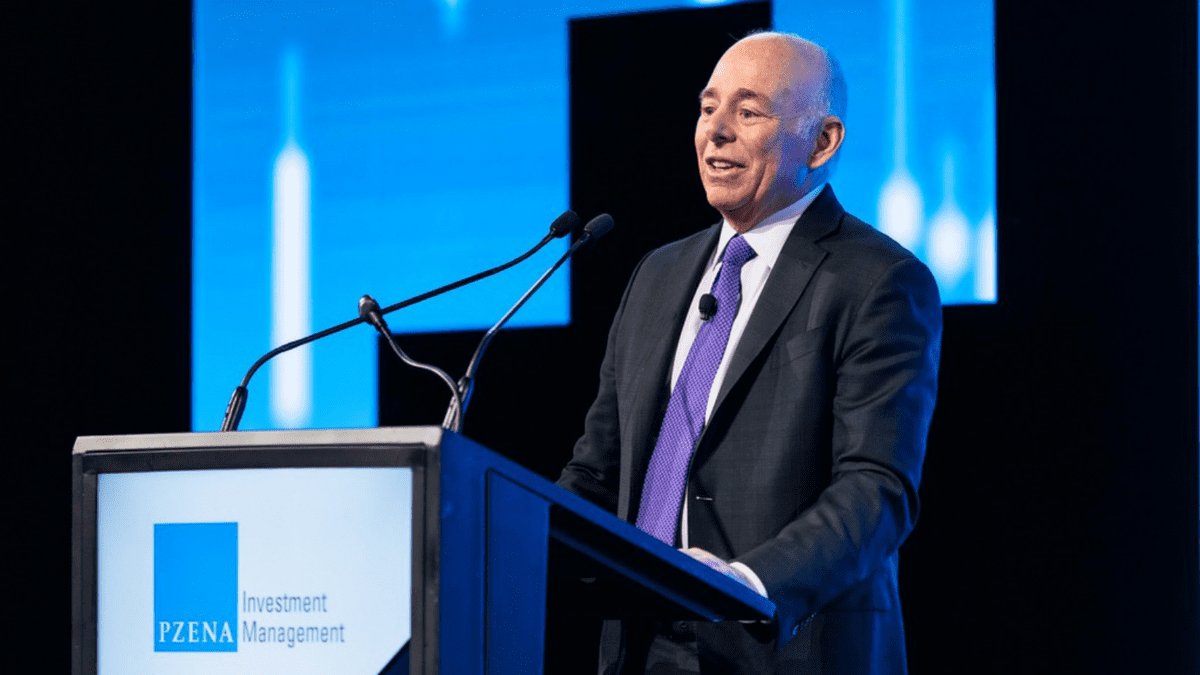The most important measure of manager performance
The proliferation of data and information has done little to improve the outcomes of self-directed investors. With information on almost any issue and a social media system built to reinforce our own beliefs or views in many cases, making sound investment decisions has never been harder.
As an experienced financial adviser, I like to think I have seen almost everything, and therefore can add some value to everyone with whom I meet, on finance at least. The massive growth in passive investment and the flood of new investors into the market has been a key driver of the market in 2021, with many turning their backs on traditional active managers. Yet as volatility grows, some level of active management may well be beneficial.
One of the key reasons for this is the concept of upside and downside “capture ratios.” Put simply, these ratios measure the performance of an an investment or a managed fund in both up and down markets relative to their benchmark indices. For instance, the performance of Magellan’s global fund, compared to the S&P500 or MSCI World Index.
Essentially, the ratios answer the question of, how much did much active manager go up compared to the index (more or less), and how much did it fall in comparison? As you would appreciate, a good active manager should go up more and down less than its benchmark if it is truly adding value.
Higher ratios are clearly good for the upside ratio, and lower for the downside ratio, as difficult as they may appear to be. A passive index fund, like the iShares S&P500 or the Vanguard Australian Shares Index ETF, should have an upside and downside capture of 100 per cent. That is, when the market falls 2 per cent (like it did on Friday) they also fall by the same amount.
By comparison, an active manager who has downside capture of 98 per cent and upside capture of 102 per cent would have delivered 2 per cent outperformance, and likely justified its additional fees.
The capture ratios are essentially allowing you to extend the analysis of any strategy, and its role within your portfolio, beyond basic performance, volatility and tracking error. But ultimately, they are all about measuring the skill of a manager and its ability to both manage downside risk, but also change course as conditions evolve.
In light of the current volatility, these strategies are of particular importance to funds and investments that claim to be “absolute return” strategies, in which case you would expect their downside capture to be significantly lower than the market.
One of the more interesting uses of the capture analysis is the ability to answer the question or whether more pain (volatility) results in more gain (higher returns). According to a number of papers, those with larger spreads between their downside and upside capture, show no correlation to delivery of higher returns.











